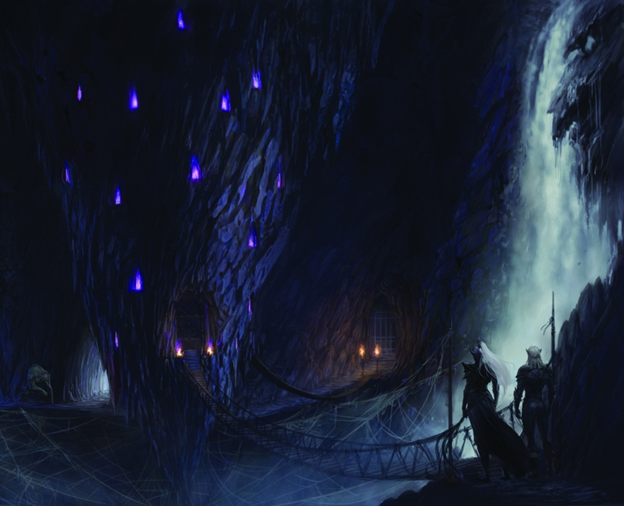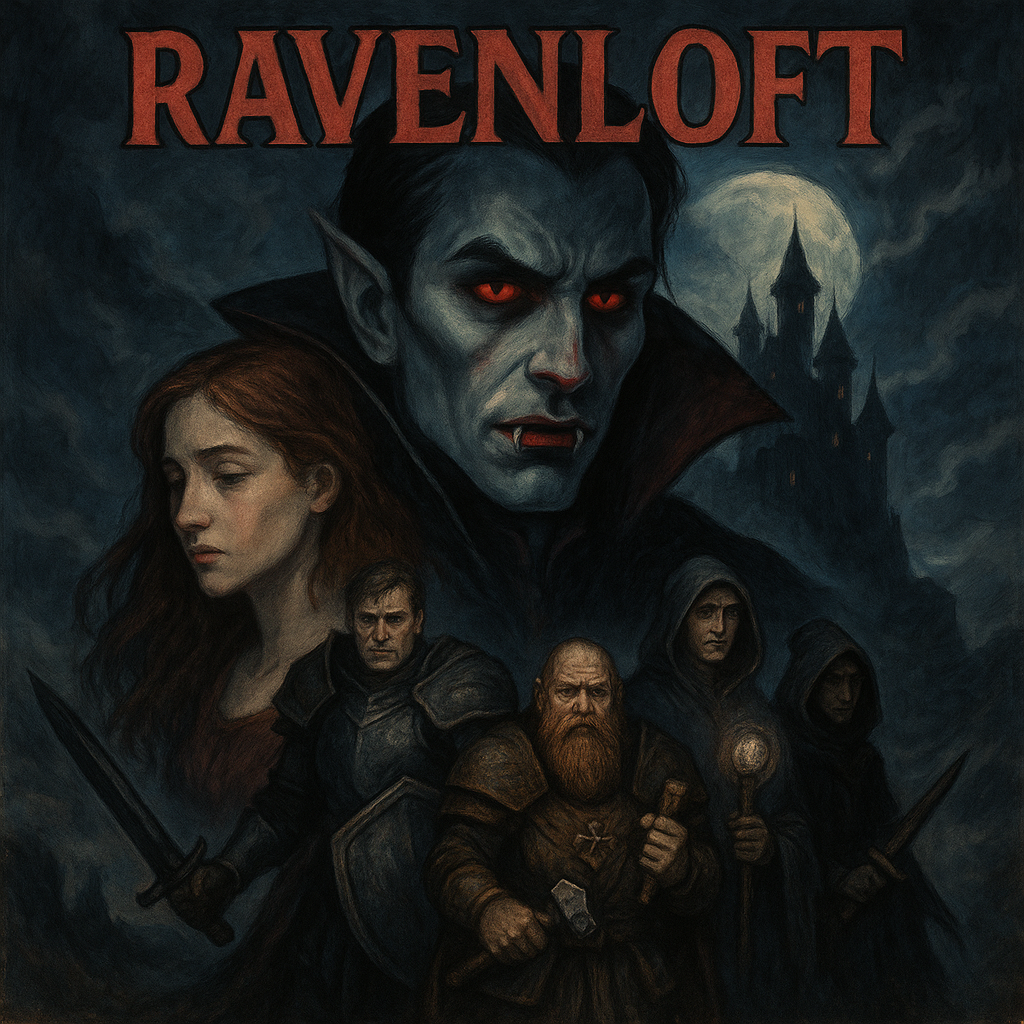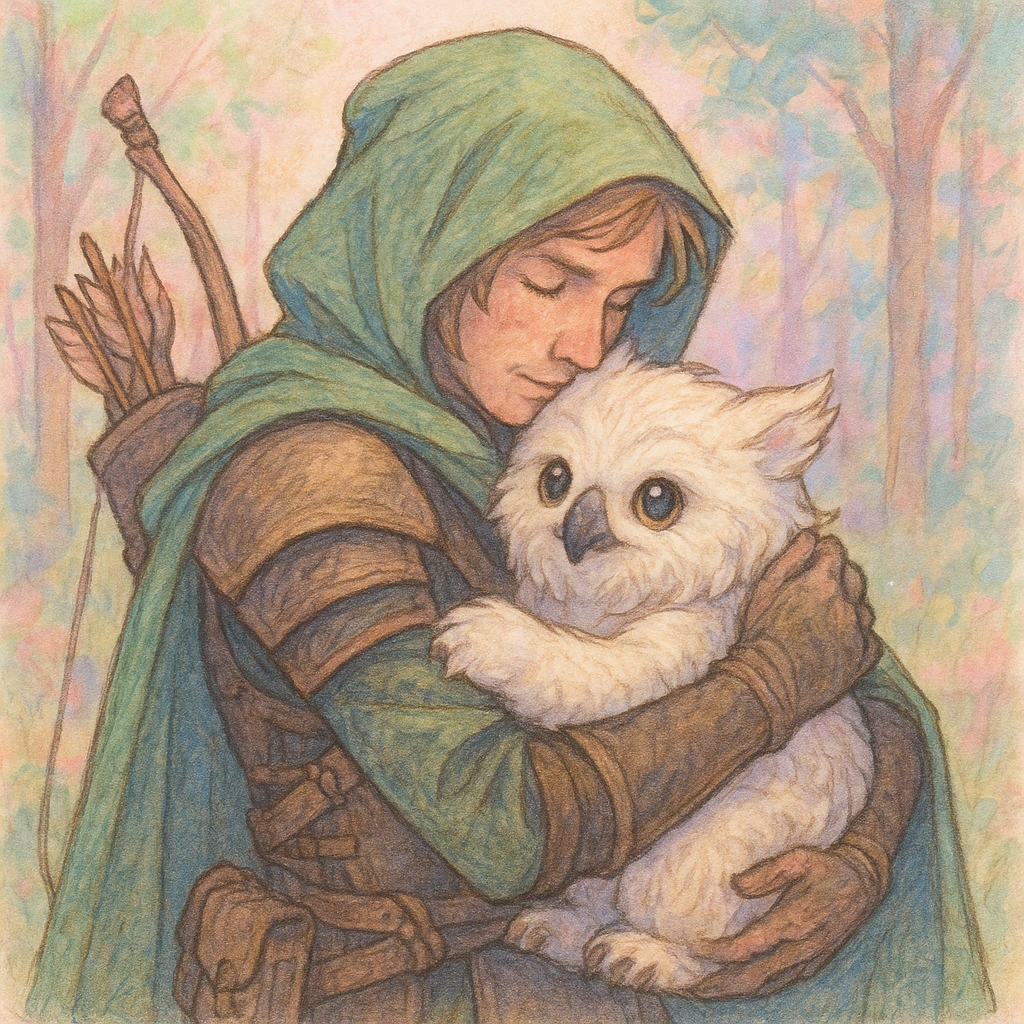DnD 5e Monster Tips for Dungeon Masters
Shattered Realms TTRPG is a system built to work with Dungeon's and Dragons 5th edition 2014. We've built our system to be the power level of the players handbook so that modules can be run without much effort. Enjoy the article below!
Tips for Optimizing Your 5e Monsters
Mastering your 5e monsters is key to thrilling encounters! Start by adjusting stats for balanced difficulty, utilize reactions, legendary actions, and lair actions for added complexity, and leverage terrain to enhance strategy. Remember, an engaging narrative brings monsters to life, making every battle unforgettable for your players!
1. Modifying Ability DC
A monster’s saving throw and ability DCs should roughly match the party’s ability DC average. Follow these steps:
- List Each Relevant DC
- For each party member, note their highest DC for abilities they commonly use (spells, features, etc.).
- Calculate the Average
- Add all those DCs together.
- Divide by the number of party members.
- If the result is not a whole number, always round up.
- Assign That Result as the Monster’s DC
Example:
Party DCs:
| Party Member | DC Type | DC |
|---|---|---|
| Mage | Spellcasting DC | 21 |
| Fighter | Class Feature DC (e.g., Battle Master Maneuver) | 18 |
| Rogue | Class Feature DC | 16 |
| Cleric | Class Feature DC | 16 |
| Totals | 71 | |
| Average | 17.75 → 18 | |
Monster’s DC = 18
2. Modifying Health
Monsters fill different “roles” in combat. Adjust their HP according to the role they play:
- Determine Party Frontliners
- Identify which party members typically take the front (e.g., fighter, barbarian, paladin).
- Note each frontliner’s current HP maximum.
- Calculate the Average Frontliner HP
- Sum all frontliner HP values.
- Divide by the number of frontliners.
- Round normally (fractions of .5 or greater round up).
- Find the Highest HP in the Party
- Among all party members, identify who has the single highest HP maximum.
- Assign Monster HP by Role
| Monster Role | Formula | Example Calculation (Using Sample HPs) |
|---|---|---|
| Minion | ¼ × (Average Frontliner HP) | Frontliners: Fighter 60, Barbarian 70 → Avg = (60+70)/2 = 65 → Minion HP = 65/4 = 16.25 → 17 HP |
| Average Monster | ½ × (Highest Party HP) | Highest HP: Barbarian 70 → Average Monster HP = 70/2 = 35 HP |
| Bruiser | 1 × (Highest Party HP) | Highest HP: Barbarian 70 → Bruiser HP = 70 HP |
| Legendary / Boss | 5 × (Highest Party HP) | Highest HP: Barbarian 70 → Boss HP = 70 × 5 = 350 HP |
Notes on Health Calculations:
- If you calculate a fractional HP (like 16.25), round normally to the nearest whole number (0.5 or higher → round up).
- You can adjust these guidelines (e.g., Minions at ⅓ of frontliner HP instead of ¼) for encounter tuning.
3. Adjusting Attacks and Spells (To-Hit)
A monster’s attack bonus (or spell attack bonus) should reflect the party’s offensive capabilities. Use this approach:
- List Each PC’s Typical Attack Bonus
- For melee: use their highest reliable to-hit (e.g., Fighter +8).
- For ranged: use their highest (e.g., Rogue +7).
- For spellcasters: use their spell attack bonus if they frequently use spells that hit (e.g., Wizard +6).
- For hybrid classes: choose whichever they rely on most.
- Drop the Lowest One
- Remove the single lowest bonus; this prevents skewing the average downward if someone is very under-leveled or rarely attacks.
- Average the Remaining Bonuses
- Sum the remaining to-hit bonuses.
- Divide by (number of PCs − 1).
- If the result is not a whole number, round up.
- Assign That Result as the Monster’s To-Hit Bonus
Example:
| Party Member | Attack Type | To-Hit Bonus |
|---|---|---|
| Fighter | Melee Weapon | +8 |
| Rogue | Ranged Weapon | +7 |
| Wizard | Spell Attack | +6 |
| Cleric | Spell Attack | +5 |
| Dropped (Lowest → +5) | ||
| Sum of Remaining | 8 + 7 + 6 = 21 | |
| Average | 21 ÷ 3 = 7.0 → +7 | |
Why Drop the Lowest?
Suppose one character is under-leveled or rarely attacks. Including their low bonus drags the average down, making fights too easy. By dropping the lowest, the monster’s offensive capability is more representative of the “core” group’s threat level.
4. Putting It All Together
Below is a summary table for quick reference. Replace the example numbers with your actual party’s statistics.
| Calculation Step | Formula | Example Result |
|---|---|---|
| Average DC | (Sum of all PCs’ DCs) ÷ (Number of PCs), round up | 18 |
| Average Frontliner HP | (Sum of all frontliner HP) ÷ (Number of frontliners), round normally | 65 |
| Highest Party HP | Maximum HP among all PCs | 70 |
| Minion HP | ¼ × (Average Frontliner HP), round normally | 17 |
| Average Monster HP | ½ × (Highest Party HP) | 35 |
| Bruiser HP | 1 × (Highest Party HP) | 70 |
| Legendary / Boss HP | 5 × (Highest Party HP) | 350 |
| Monster To-Hit Bonus | (Sum of all PCs’ to-hit, after dropping lowest) ÷ (PC count − 1), round up | +7 |
5. Additional Tips
- Don't recalculate immediately when a player gets a new item: Players want to feel powerful when they get a new item, just because you give a player a +1 sword doesn't mean you have to add +1 to all of your monsters to balance it. Let the player enjoy their new sword and calculate the next sessions monsters accordingly.
- Adjust for Difficulty:
- For an easier fight, use Minions at ⅛ of frontliner HP instead of ¼.
- Use Bosses at 4× highest HP instead of 5×.
- Consider Legendary Resistance / Actions: High-DC parties may often succeed on saves. If your monster is legendary, consider giving Legendary Resistance (e.g., 3/day) so it can pass a save when it would’ve failed. Consider adding legendary actions, or special moves to your monsters that allow them to do cool setups for their main action. Maybe a mind flayer needs to stun a creature before devouring their brains, legendary action tentacle grab when a creature casts a spell within 10 feet of them can be a great way to stun the party member setting up their action.
- Reactions: Reactions can help make your monsters feel more authentic. An owl bear would definitely use their reaction to make an attack on a creature that enters their melee range for the first time, or to attempt to dodge an attack causing disadvantage on the attack.
- Scaling Spells vs. Weapon Attacks: If your monster uses both, give it one to-hit for weapons (as calculated) and one save DC (as calculated). Its spell save DC and weapon to-hit should both align with party averages.
Lair Actions and Environmental
Implementing lair actions and environmental combat on initiative count 20 can turn a static dungeon room into a dynamic, pulse-pounding encounter that challenges players to think tactically each round. Essentially, you treat the environment or lair itself as a “creature” that rolls (or simply acts) on initiative 20, inserting its effects just before or after the PCs act. This gives players a predictable window to react—but also a constant reminder that the terrain is as much an adversary as the monsters themselves.
To set this up, pick a thematic effect tied to the lair or environment (poisonous gas, shifting platforms, geysers of flame, etc.), decide how often it triggers (usually once per round on initiative 20), and describe its mechanical effect (damage type, area, save/DC, or forced movement). During combat, at the start of initiative count 20, narrate the environmental effect, resolve any AoE or line attacks against creatures in its area (with appropriate saves), and then continue normally.
Because initiative 20 comes up each round, the environment feels like a living, breathing opponent, adding tension without slowing the turn order. Keep the effects moderate—enough to force movement or creative thinking, but not so punishing that players constantly feel railroaded. Below are three balanced, fun, and engaging example lair/environmental actions you can drop into your next 5e encounter.
1. The Serpentine Cavern’s Acidic Mists
- Description: Deep within the dragon’s last refuge, tendrils of greenish vapor slither along the cold cavern floor. On initiative 20, the lair exhales sulfurous acid mists that creep up to knee height, corroding armor and flesh if a creature stands too long in one spot.
- Mechanical Effect: All creatures in a 15-foot cone must succeed on a DC 14 Constitution saving throw or take 2d6 acid damage and have disadvantage on Strength checks until the end of their next turn (the acid eats at boots and armor). On a success, they take half damage and no penalty. Creatures can spend half their movement to edge back 5 feet out of the mist.
- Tactical Impact: Players can feel the sting of acid forcing them to move constantly, repositioning to avoid getting cornered by the dragon or to flank it. Rangers might leap onto stalagmites to avoid the lowest part of the mist, while spellcasters use “earth tremor” or “shatter” on rocky outcroppings to block or disperse the mist temporarily. By placing the mist as a low‐lying hazard, you encourage verticality and make each round tense—stay still and get burned, move too recklessly and fall into the dragon’s jaws.
2. The Clockwork Fortress’s Rotating Gears
- Description: In a clockwork villain’s workshop, massive bronze gears rotate in predetermined patterns. On initiative 20, the gears shift, opening and closing corridors while pushing anyone caught on narrow platforms toward crushing teeth.
- Mechanical Effect: On initiative 20, choose one or two 10-foot-wide corridors or platforms. Any creature standing on those spaces must succeed on a DC 15 Dexterity saving throw or be shoved 10 feet toward the nearest gear teeth (take 2d8 bludgeoning damage as gears grind against armor). Even on a success, creatures are pushed 5 feet but take no damage. The corridors then lock in place until the next round’s initiative 20, potentially blocking line of sight or creating chokepoints.
- Tactical Impact: This lair action forces melee characters to think twice before standing in a “safe” spot, since the terrain literally shifts beneath their feet. Rogues might use Cunning Action to dash off a platform at the last second, while fighters could grapple foes into gear‐free zones. Spellcasters can cast “web” or “grease” in the gear paths to slow or trip enemies. The rotating gears create constant ebb and flow, making positioning half the battle.
3. The Sunken Temple’s Rising Floodwaters
- Description: In an ancient temple beneath a swamp, water trickles through broken levees until it gushes in full force. On initiative 20, floodwaters surge into the chamber, threatening to sweep adventurers into whirling currents.
- Mechanical Effect: On initiative 20, a 20-foot-deep surge of water flows from the eastern archway into the room in a 30-foot straight line (10 feet wide). Each creature in the path must make a DC 13 Strength saving throw; on a failure, they are grabbed by the current and moved 15 feet toward a whirlpool trap (take 1d6 bludgeoning damage). On a success, they are only moved 5 feet and avoid damage. The water remains in the room for two rounds, imposing difficult terrain and covering floor switch panels (preventing them from being pressed). After two rounds, it drains back out, returning the room to normal.
- Tactical Impact: Now PCs have to plan movement: do they sprint through the water at risk of being swept into a deadly whirlpool, or do they try to block off the archway with improvised barriers or spells like “wall of stone”? The prolonged flooding conveys urgency—if they linger, the whirlpool’s pull strengthens, reducing the save DC by 1 each turn. Characters with Swimming proficiency or spells like “control water” can counter the effect, but fighters and rogues must use cunning footwork to stay safe. The combination of environmental hazard and looming trap keeps everyone on edge.
By treating initiative 20 as the “turn” when these lair or environmental actions resolve, you ensure your encounters feel fluid and alive. Players learn to anticipate the timing, weaving their own actions around the room’s threats—ducking into alcoves, grappling enemies toward safer ground, or using magic to alter the terrain. This simple technique transforms a static room into a chessboard that shifts each round, making every combat memorable and engaging.






